- The Meaning of Critical Thinking: A Key Skill for Navigating Today’s Information Landscape - November 3, 2025
- Grandparents Can Develop Activist Grandchildren - September 29, 2025
- Top Six Reasons Credit Union Benefits Are a Smart Choice Over Banks - August 18, 2025
Last Updated on October 23, 2024
Since I became a Master Gardener I have learned so much and, consequently, have rued the plants I killed in the past because I didn’t know how to nurture them properly.
We need to support a healthy environment, however we can. In my post on being an everyday activist, I discuss what we can do as we go about our daily lives to support the cause closest to our heart. My goal is to reduce our lawn and, instead, use native plants. I am adding plants that attract pollinators, beneficial insects, and wildlife. Also, I’d like to make the yard a permaculture, which means I don’t deplete the natural resources of the site.
My teachers suggested doing a site survey before planning a landscape or garden. In the past, I’ve used hand-drawn maps of my front and back yards, mainly to keep track of the plants I put in. Unfortunately, they were not to scale, which led to me planting things too close together, or underestimating the reach of the shade in my garden.
I decided to do my site survey right this year. So I consulting my training manual, which is literally five inches thick and weighs ten pounds. The first step of surveying is to map your garden.
How do I do a better job than my previous hand-drawn plots? I turned to Google. This post covers the technologies I found useful.
Plot Your Lot With Google Maps
Google Maps provides more than directions to a new restaurant. It can plot the dimensions and elevation of your site.
Dimensions
Google your property. Zoom in until your property is the focus of the screen.
Right-click and go to the menu item, “Measure Distance.”
A black dot will appear. Use that as the first side of your measure.
You can now drag to the second side. Cool, right?
Measure the outside dimension of the lot. Other measures include the house and other structures, distances between the house and the property line.
Now, switch your view to satellite. You can see trees and other structures. Use the satellite image to check the distance between objects on your lot. If your Google Maps satellite image is from the summer, you have the advantage of being able to map the width of your trees’ canopies. Unfortunately, a summer picture means a wooded lot will obscure things you’d like to measure, like distances of walkways and fence lines.
Record the measures you take so you can make your plot. I used graph paper, five feet to a square, to make sure my distances were accurate.
Elevation
If you want to understand your lot’s overall elevation, which might impact the types of plants that will thrive, use Google Maps as well. I am in USDA Hardiness Zone 7a. Using the Zone 7a recommendations may not always ensure plant survival because we have a lot of variation in elevation in this region, from valley to mountain.
In Google Maps, go to your lot. Place cursor on a spot in the yard. The lower right-hand corner shows the elevation at this point. Now you can understand not only the general elevation of the lot but also the highest and lowest points, which is vital to understanding how water flows through your property.
Have fun with this one: You can get tree height, too. Put your cursor on the tree, and you’ll see the elevation in the lower right-hand corner. Subtract the ground measurement next to the tree. I love technology.
Plot Your Sun Exposure
A basic to proper planting is understanding how much sun hits your yard. For example, you don’t want to plant your vegetable garden in shade or part shade. Prioritize the sunny spots for plants that need lots of hours of exposure.
If you have shade and part shade, understanding how much sun hits these areas will tell you what types of grass and plants will thrive there.
The site SunCalc is one example of a tool to check the direction of the sun hitting your yard. In SunCalc, enter your address.
Your screen should display the sun on your property on the current day. Change the date to show what sun you’ll see, and in what direction during the solstices of June and December. It is so interesting to see how the sunlight will vary across the year.
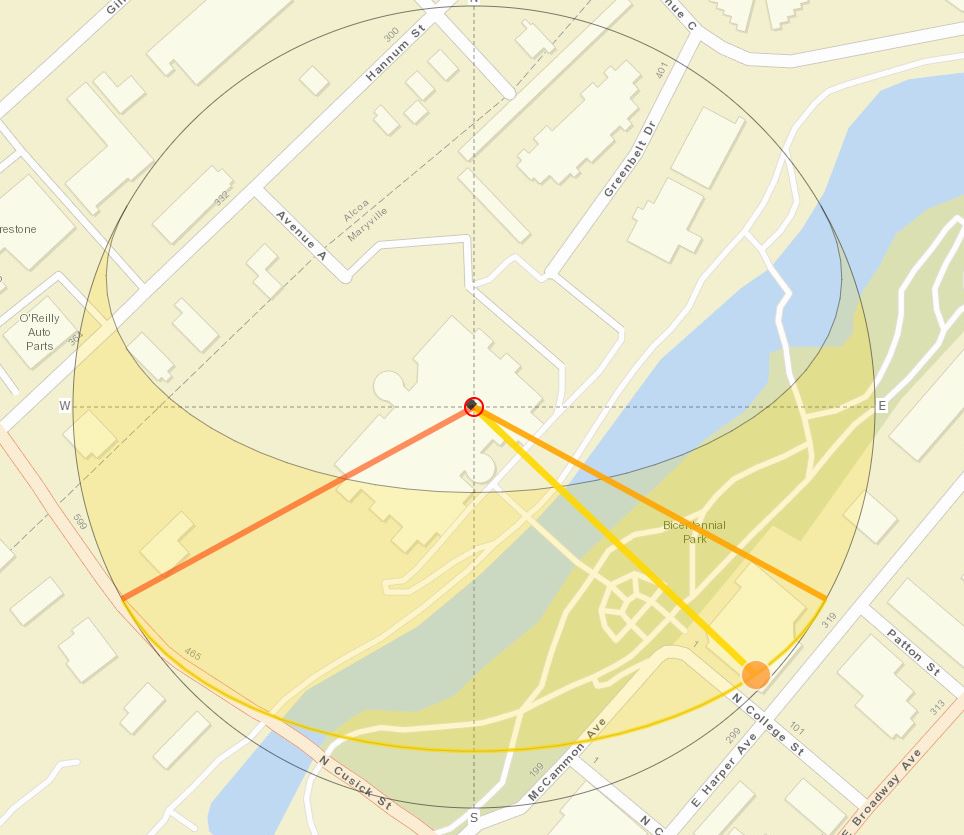
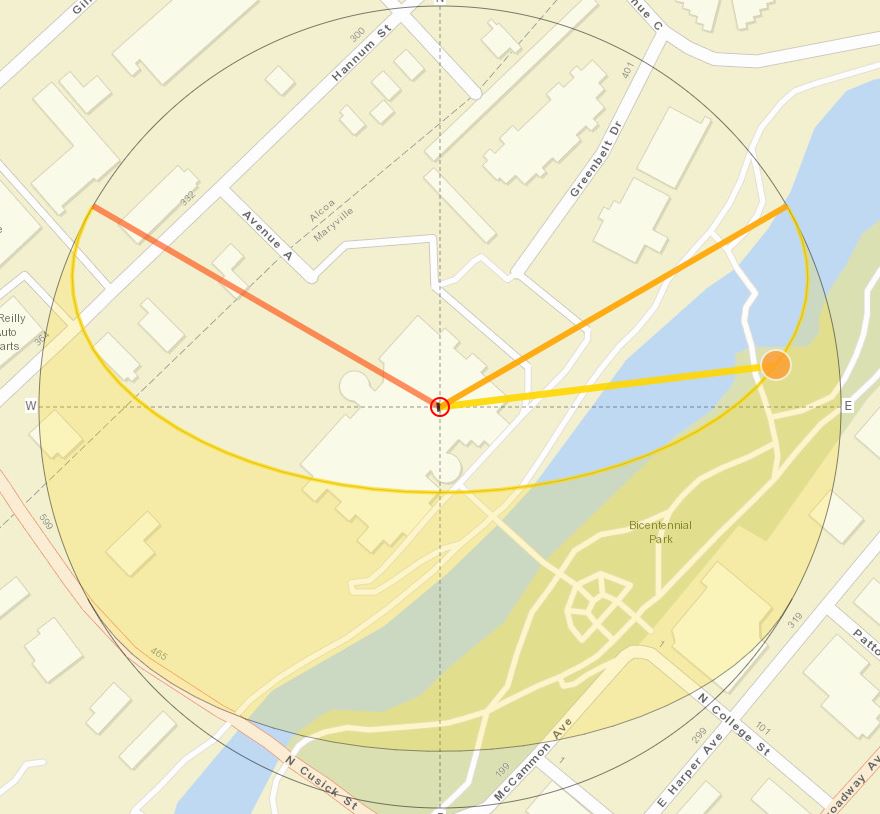
The best orientation for garden plants is a row in line with the direction the sun hits your bed. So, you might consider siting your vegetable rows north to south for maximum sun exposure.
I learned much from my site survey. In my yard, I have a few large trees, which provide extensive shade during the summer and fall. Grass won’t grow under them, despite my husband’s best efforts. They also cast a shadow into the lawn, depending on the time of year and time of day. That’s essential information for my planting decisions.
Should it Stay or Should it Go?
PlantSnap is a phone app that allows you to take pictures of a plant to see what it is.
Take a photo of a mystery plant. I’m using Mr. Jade.
PlantSnap gives you suggestions for the plant’s identity.
I like the name kerky-bush instead of the common jade plant!
PlantSnap isn’t always accurate but works often enough to help me decide whether to keep a plant or consider it a weed.
Updated in 2024: I now use Picture This to identify plants. It does a terrific job but requires a subscription.
A weed is a plant in the wrong place. One person’s treasured plant can be another’s dreaded weed. An example is purslane, the flower at the top of this post. Most people consider purslane a weed. Others buy it and use it as a decorative flowering plant. Some even eat purslane (I do).
When Should I Water?
After I almost killed Mr. Jade by following his previous owner’s watering instructions, I checked for a tool to help me do better.
This meter tells me the light exposure, moisture levels, and ph of the soil. My primary concern was moisture levels for my indoor plants, and it has been incredibly useful.
And so has Google. I can check the moisture requirements, best ph level, and light requirements of my jade plant and compare it to the meter reading.
Mr. Jade is happy now.
READ NEXT
I hope these tools will make your gardening experience more fruitful. But every gardener runs into issues, so consider getting help from Extension Agents and Master Gardeners. They are well-trained and love to assist gardeners.
Eye-Opening Ways Nature’s Sounds, Smells, and Sights Can Heal You
How to Save the World by Saving Seeds
At the Intersection of Diet and Climate Change
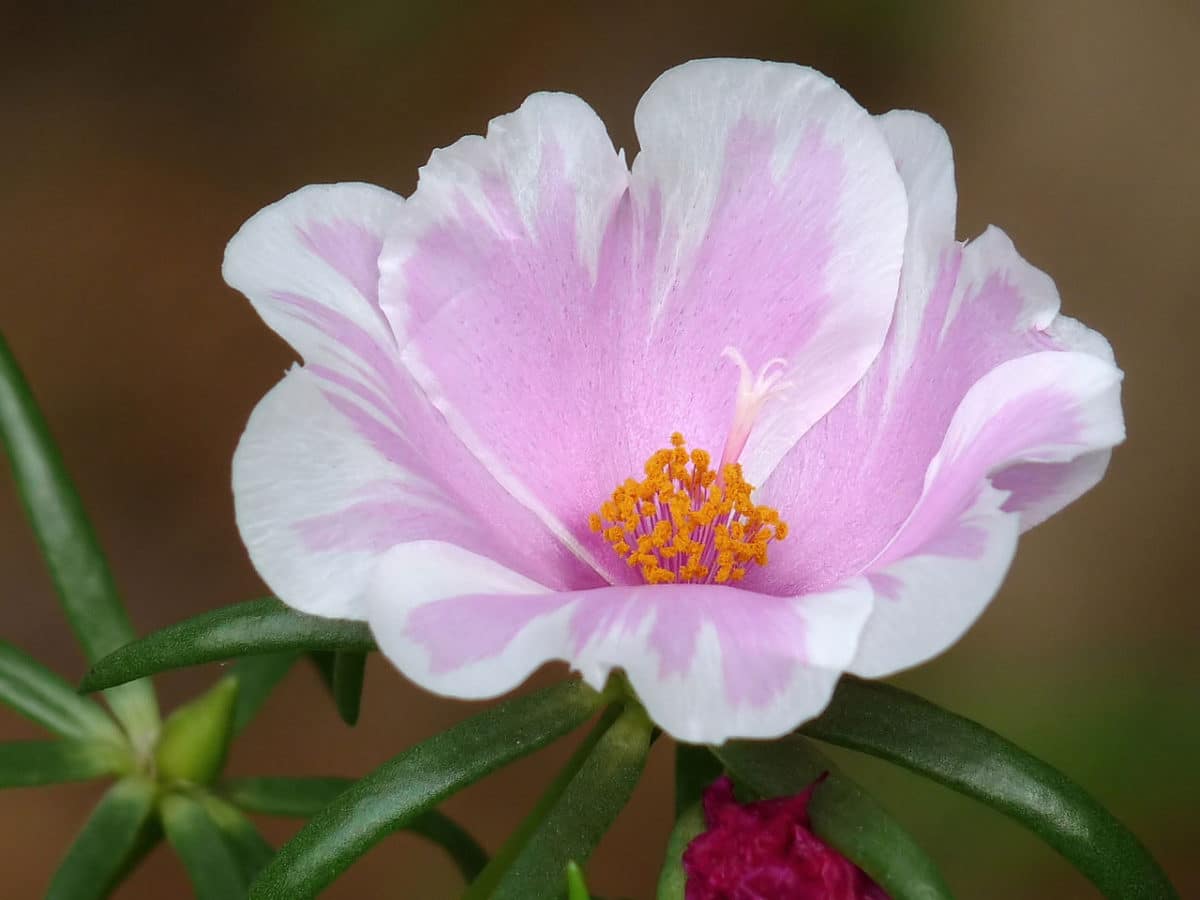
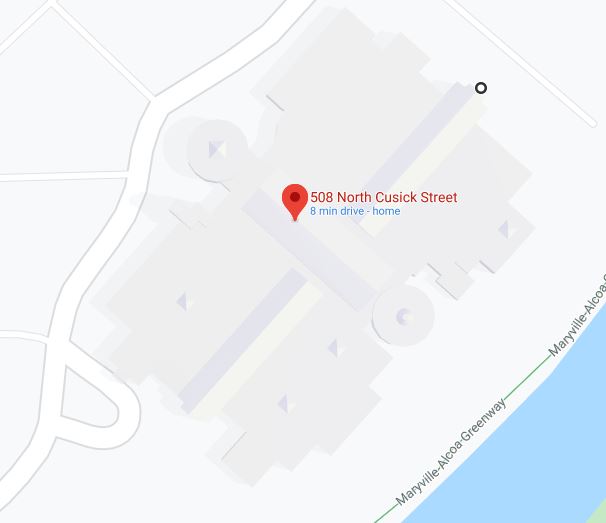
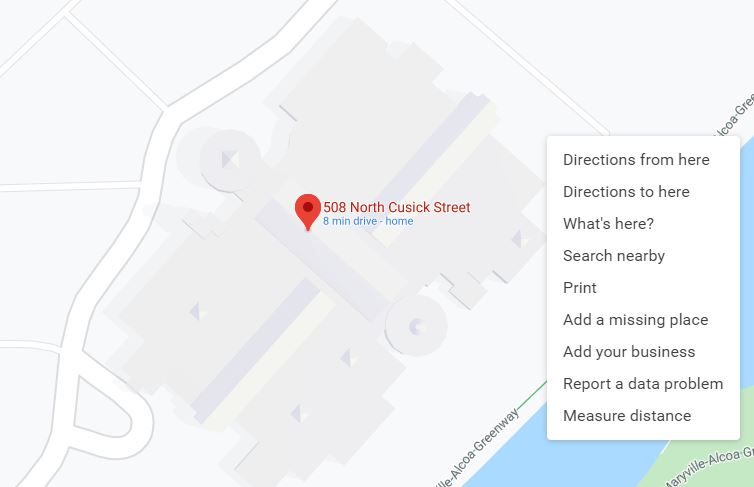
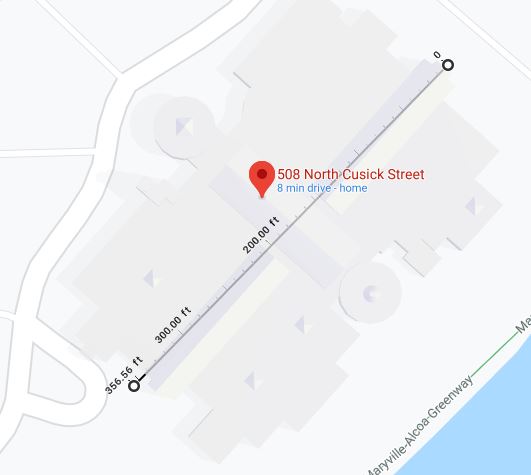
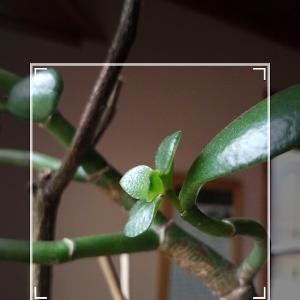
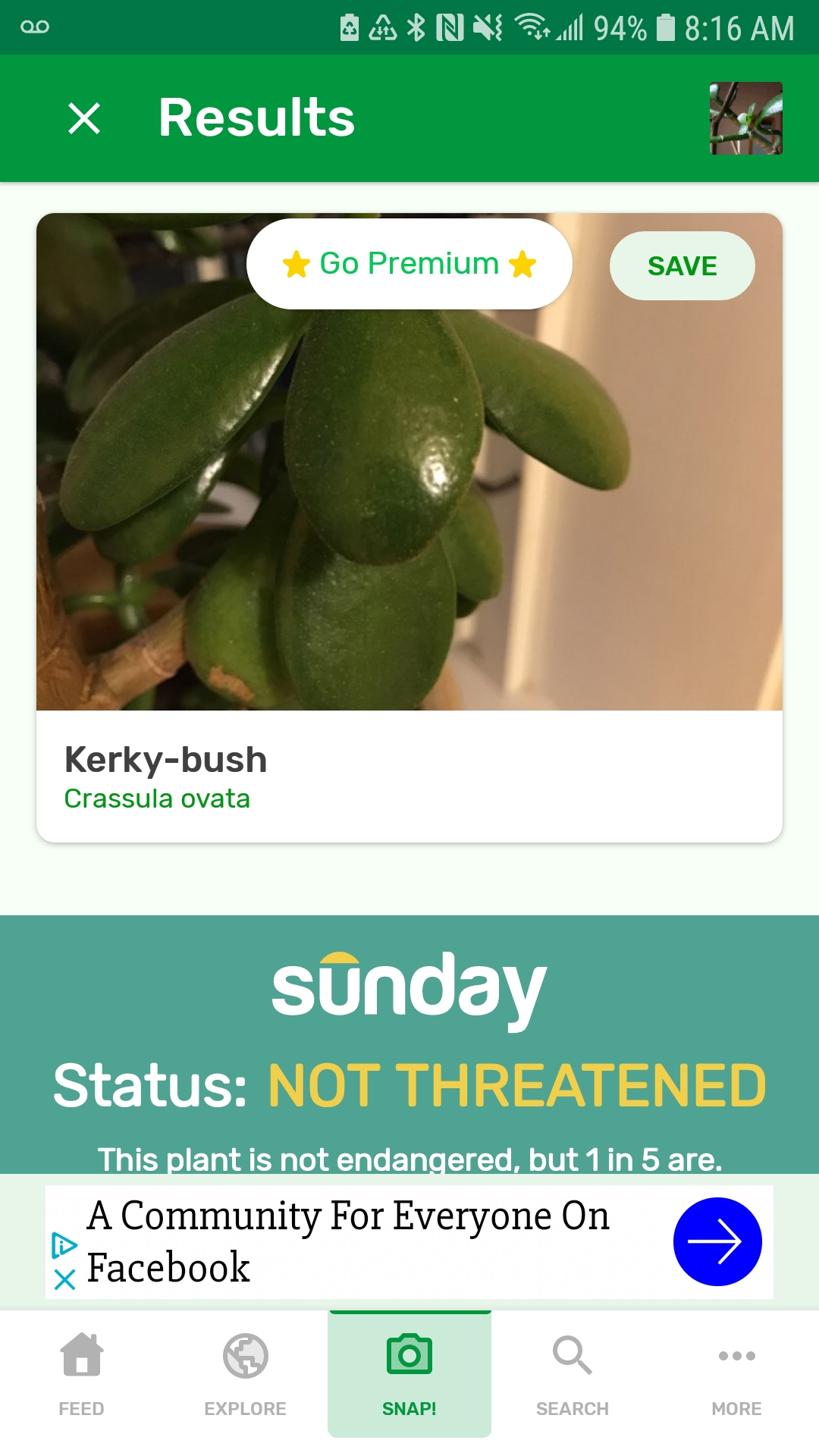
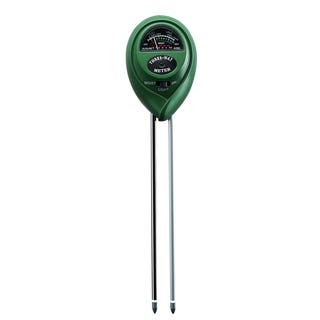
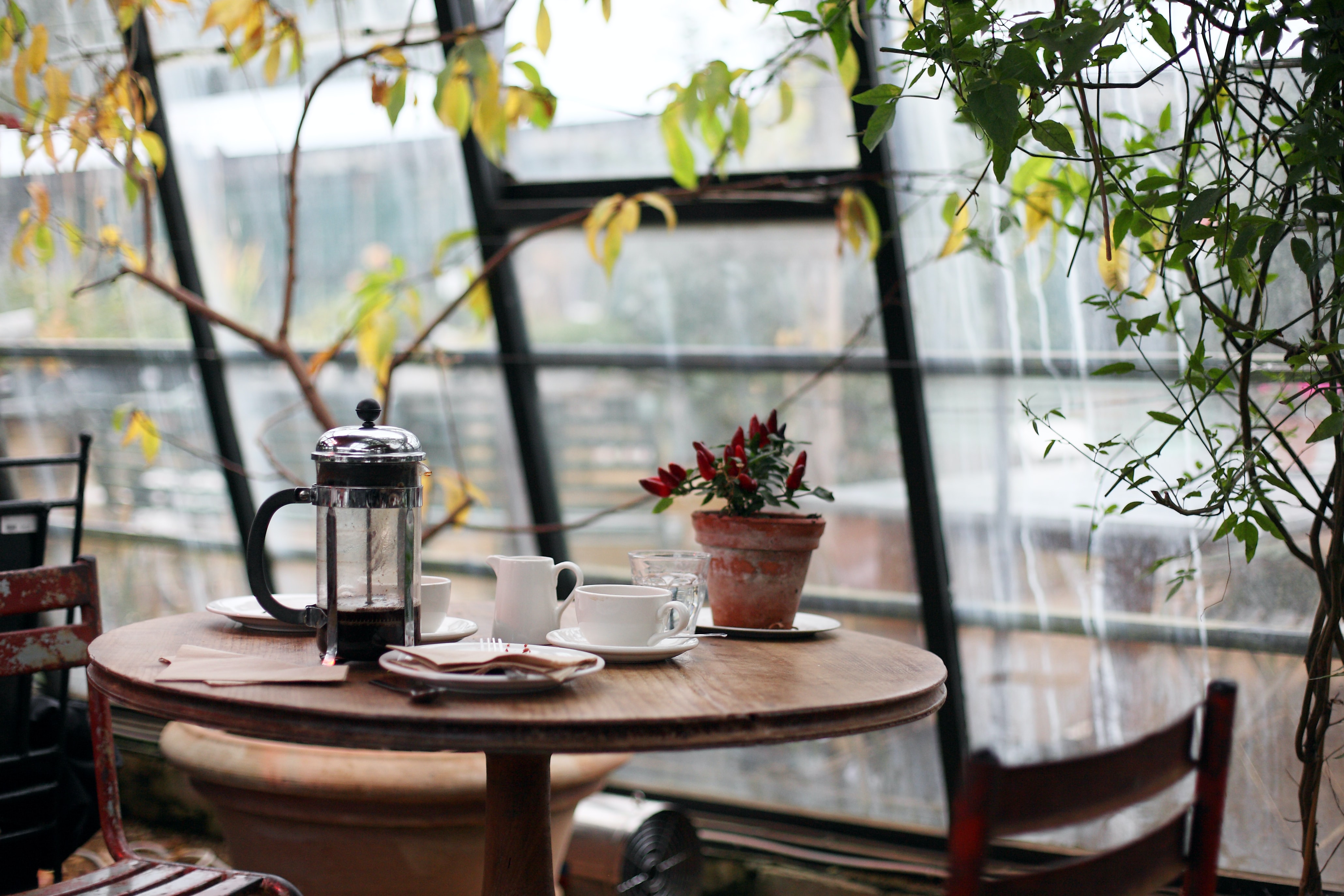
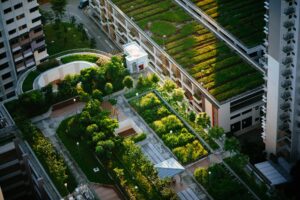
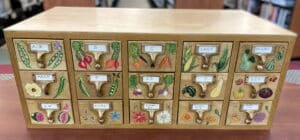
quite fascinating! To use technology to its fullest is truly satisfying! Thank you for joining us in Bloggers Stop – Pit stop Crew
Thanks for stopping by, Menaka.
Pingback: How to Save the World by Saving Seeds • Life At The Intersection
What a wonderful way to make use of technology! I have a big backyard garden full of flowers, herbs and a few tomato plants. I learned through trial and error. This would have saved some time and plants!
Hi Cindy,
I can relate to your trial and error approach. When I took my gardening classes I found out that even well-trained gardeners do that! But I still hate losing plants. Happy gardening!
Thank you for sharing and joining us at SeniorSalon,
Thanks, Esme. I love SeniorSalon!
Pingback: Monday InLinkz Join us at 179 Senior Salon
Pingback: Support the Environment: Landscape Ideas to Delight You and Wildlife
This is some really great information. Thank you for sharing on SSPS, I hope to see you again next week.
Estelle, I’m glad you found the information useful. It is a bit of work up front but so helpful over the years.
Best wishes,
Terri